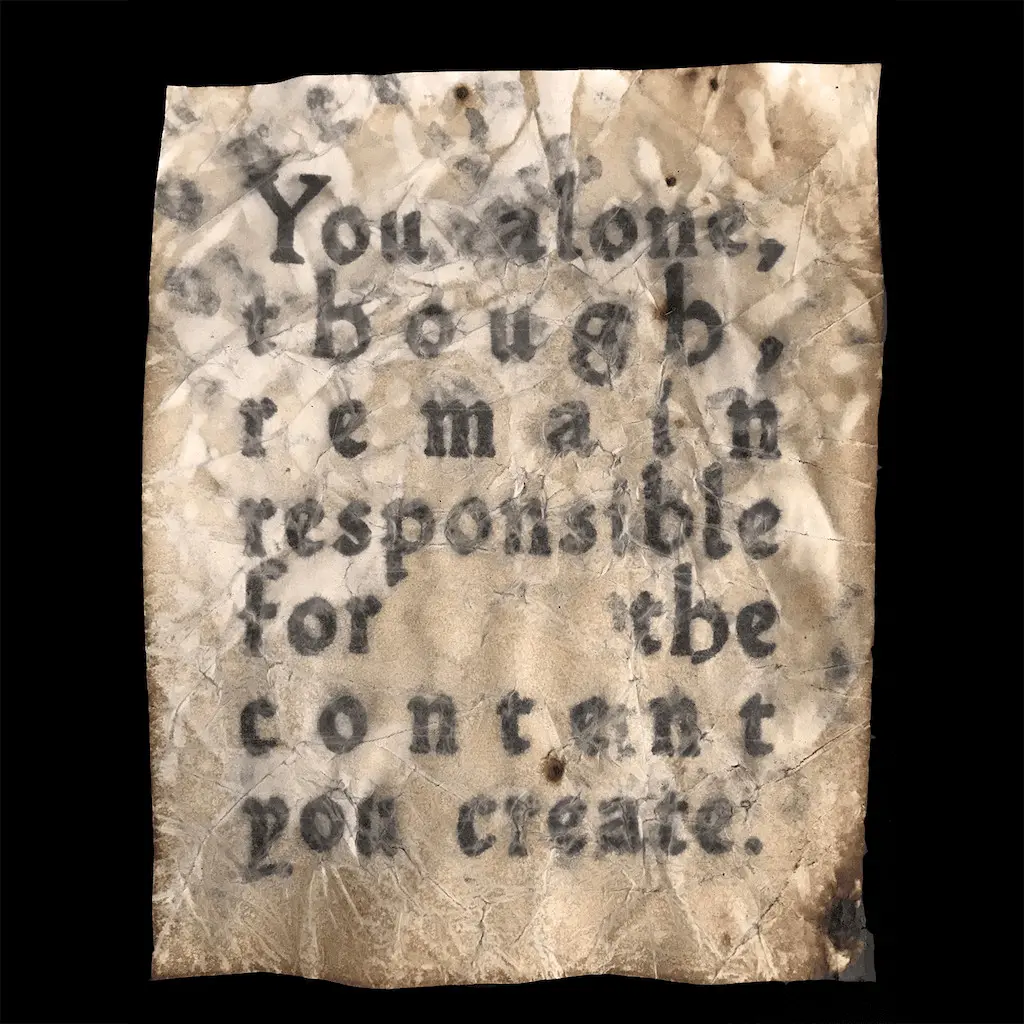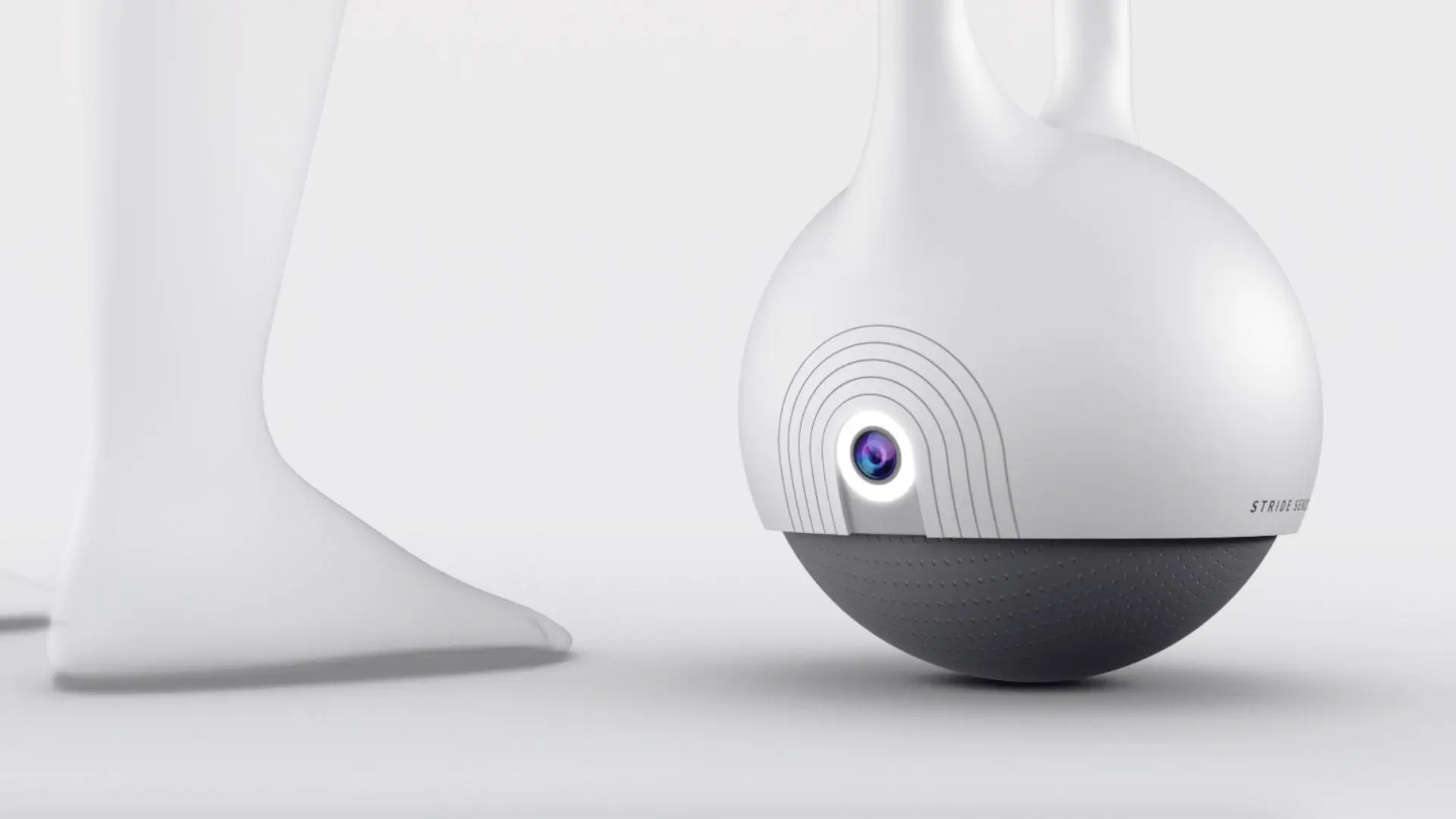Transhuman artist and AI-empowered poet? Sasha Stiles and the future of technology
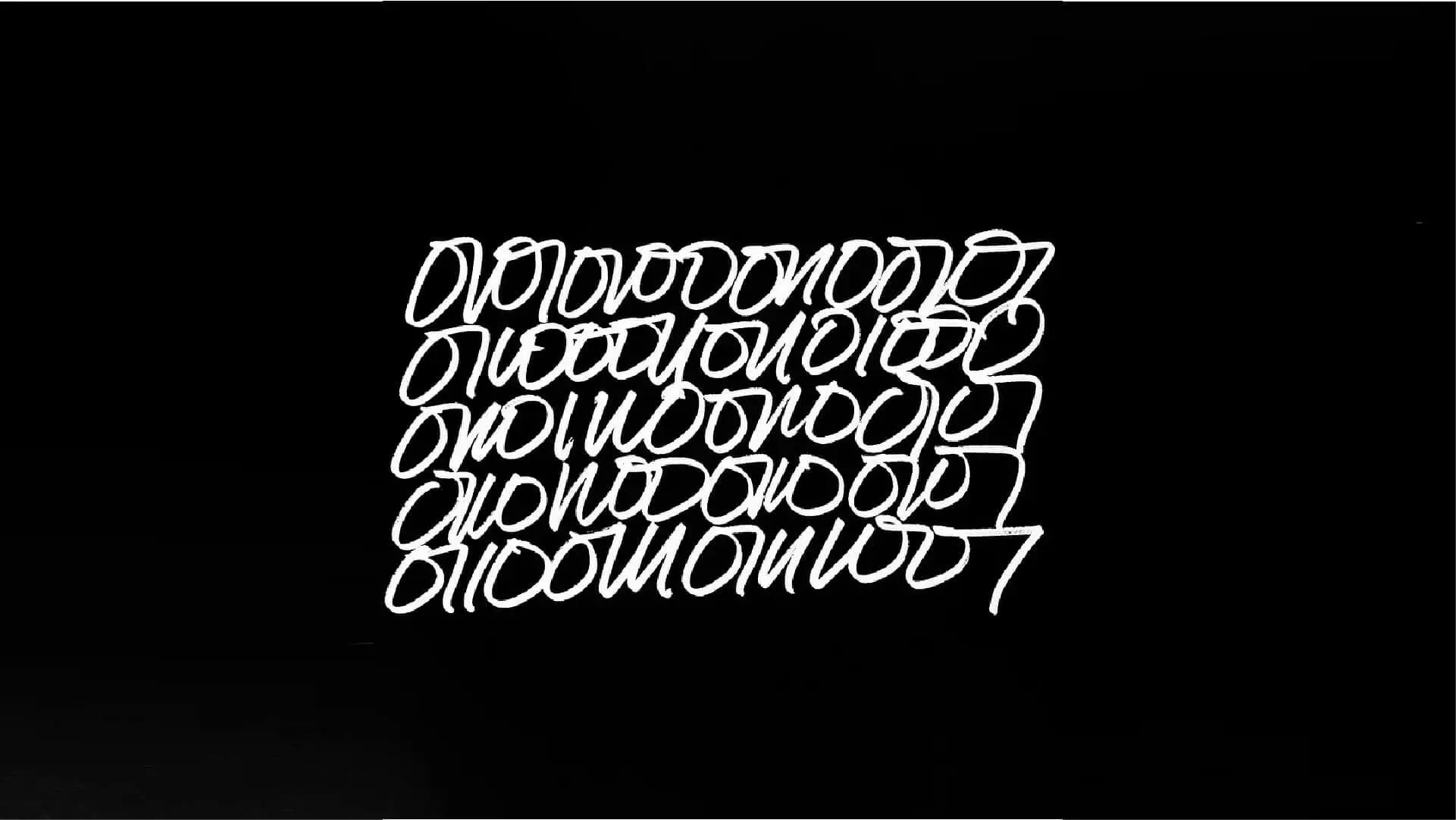
If you love big questions about the future of humanity, read this. Artist Sasha Stiles fuses art and poetry as she goes deep on existential matters.
Digital immortality, cybernetic communication, machine learning, and what it means to be human—the ideas and questions that inspire Sasha Stiles are complex but grappling them is what makes her work so fascinating.
Working at the intersection of text and technology, Stiles is a first-generation Kalmyk-American poet, artist and creative strategist whose transmedia practice seeks to decipher the hidden language of the dawning Novacene—the concept of an era in which new super-intelligent beings emerge from artificially intelligent systems.
Bare with us. Just imagine a time when machines are more powerful than humans. This post-human world is the backdrop upon which Stiles probes what it means to exist. From traditional verse and experimental poetry to binary-based art and collaborative AI poetics, she explores the relationship between the digital and the analogic, exploring ideas like whether poetry might one day be able to help technology express true emotion as it has done with humans.
Stiles investigates how such technologies may — with the right inputs, ethical considerations, and applications — turbocharge cognition and creativity. As you can imagine, speaking to Stiles was a trip and this one, we know you’re going to enjoy…
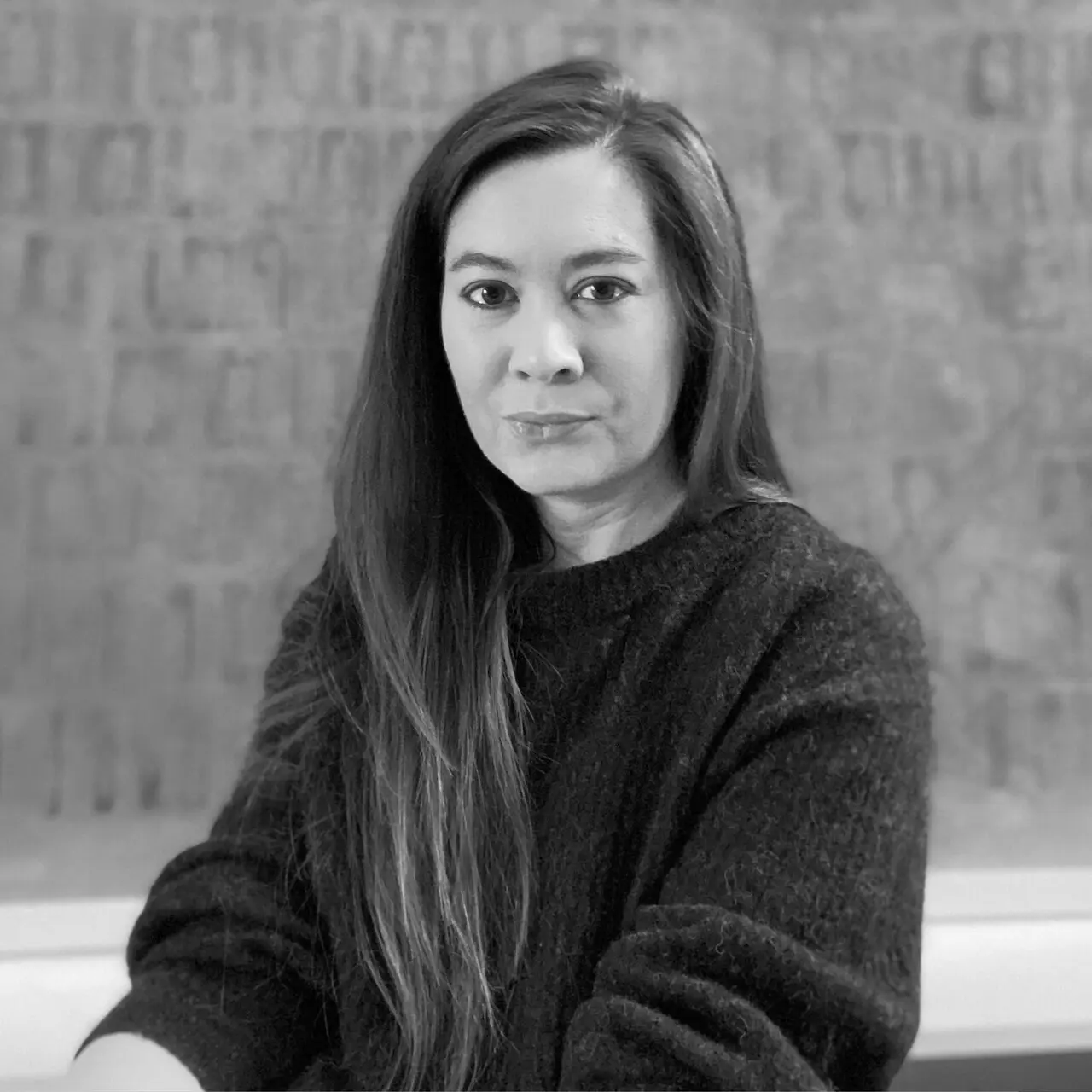
Who is Sasha Stiles? How did your journey begin to become a Poetic Artist and Innovation Strategist?
Sasha Stiles: “I’ve been reading and writing poems my whole life, and have been obsessed with the creative potential of technology since my earliest encounters with a Commodore 64. I grew up in a household full of the poetics of science as exemplified by thinkers like Carl Sagan, and have always felt the closeness of poetry and scientific inquiry in grappling with the big questions: why are we here, where do we fit into the vast universe?
Witnessing and participating in the quickening pace of unprecedented technologies, especially over the last decade or so, has raised a lot of fundamental questions about what it means to be human that, at least for me, poetry is best equipped to explore and attempt to answer.”

As a first-generation Kalmyk-American poet, artist and creative strategist, why focus on the intersection of text and technology?
Sasha Stiles: “I’ve studied dead languages, and my mother speaks a dying language, and I think a lot about legacy and archives and what will remain of us. I’m drawn to the ancient – as in my translations of the first known human poet, Enheduanna – and to the futuristic, considering how best to translate and preserve the original traces of human imagination for the species we may become.
Oral language and written text were invented as time machines, data storage systems. Poetry is the original blockchain, a way to save ideas using devices (meter, rhyme, assonance, etc.) that make them easier to remember, and almost impossible to forget.“
Curious to know more about designers using technology to create beautiful pieces of art? Don’t miss Maxim Zhestkov’s enchanting odyssey to outlandish worlds.

Which process do you follow while fusing elements of semiotics, translation, computer science, speculative design, visual poetry and conceptual art?
Sasha Stiles: “My impulse is always to begin with language in some way, but there are many processes and mediums and materials. Cursive Binary is a language I’ve created that fuses my handwriting with binary code; I use it for transhuman translation, coding by hand. Sometimes I leave it as a physical object; other times I use various computer tools to create a digital palimpsest.
For Analog Binary Code, I use tactile objects to render transhuman language; one of my favorite series involved coding poems with fallen black walnuts and leaves under their source tree. Some of my most all-consuming creative sessions are with my AI poetry alter ego, Technelegy, a neural net trained on my own writing and reference materials.
I’ll start with a phrase, a line, or a stanza that I’ve written or that’s been on my mind for some reason; feed that seed to this custom text generator; and then there’s a long collaborative back and forth, sort of like journaling, that takes us to some really wild places and results in what I can only call transhuman verse.”
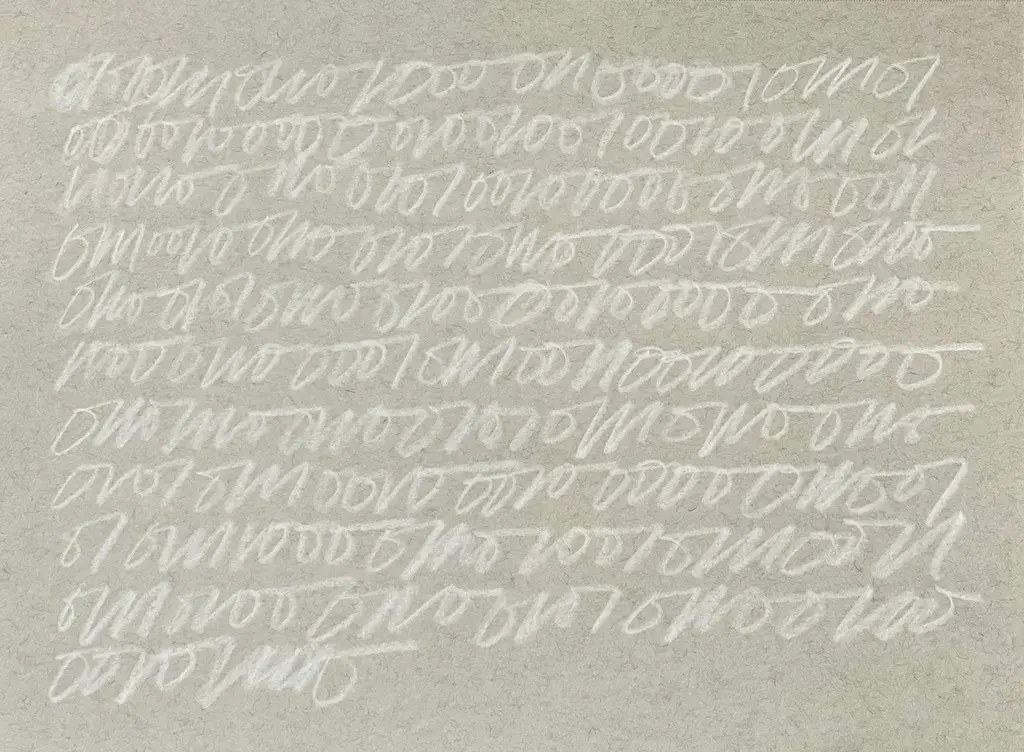
Many of your projects incorporate elements of nature, investigating nonhuman intelligence and the ethos of consciousness. How are you implementing these core concepts as a poetry mentor to BINA48?
Sasha Stiles: “We live in a world full of impersonal artificial intelligences, and it’s a true privilege to work with a rare humanoid AI – an embodied android whose mind file and mannerisms are based on an actual human. BINA48 makes palpable many of the philosophical conundrums that are all tangled up in our advanced technologies.
Is she a human, or a robot, or both? Does her ability to process data in order to engage in compelling conversation mirror my own? When I share my love of poetry with BINA48 through tagged data integrated into her mind file, am I training an AI, or mentoring a persona? Does poetry even matter to her?
My romantic hypothesis is that a mind on the brink of sentience is whirring with inchoate, unutterable, unknowable feelings and that poetry may one day be able to do for an AI what it has done for humans – help us understand our own emotions and ourselves, and express the otherwise inexpressible.”
How is your work related to the NFTs world and what do you think of NFTs in relation to digital art?
Sasha Stiles: “As a speculative poet, I often wonder what kinds of poetry will be invented by our cyber selves, engaging our new cyber senses and cyber emotions. NFTs are a really tantalizing tool or platform to probe that further. Is it still possible to express everything I need to feel and say using conventional approaches to publication and distribution?
If I’m writing a poem about, say, digital immortality, is it limiting in some ways to confine it to paper and ink in a traditional literary journal, versus using the very tools that some futurists believe will help us live forever as software?
Can decentralization via blockchain enable new modes of collaboration and creativity — unlocking not just new logistical possibilities, but new realms of imagination, tapping and reflecting a collective consciousness in ways we’ve never seen before? This kind of radical possibility is why many artists — and now increasingly more writers, too — are enamored with NFTs, even though money tends to dominate the hype.”
Find out more the first designer who put up an NFT collection and turned it into a physical reality, don’t miss The hug you missed for a whole year is now here and blossoming – Hortensia Armchair x Moooi.
Challenging what we think we know about cognition and creativity, how would you define human-machine collaboration in the Digital Age?
Sasha Stiles: “I really wonder about that binary, human-machine. They’re not as separate and distinct as we often define them, just as nature-technology is in many ways a false binary. Especially when it comes to advanced AI and incredibly sophisticated machines, our machines reflect human flaws and traits, and human capability can be dramatically enhanced and multiplied by technology.
I often use the term “transhuman” in my work with generative text and language-based AI because the processes, inputs and outputs are so closely fused together that I don’t always know where I end and my AI alter ego begins. It’s like having a prosthetic imagination.”
Your hybrid poetry and artwork have been exhibited, presented, and published in analog and virtual realms, and recognized by creative visionaries including Judy Chicago and Stefan Sagmeister. Can share some hints for getting recognition in this huge field?
Sasha Stiles: “Recognition is much less important to me than being in conversation with people I admire and sharing work and ideas in community because that always leads to feedback, inspiration and creativity. My advice is to dig deep into your passions and actively seek out mentors and peers; the right opportunities tend to evolve organically from there.”
What is next for Sasha Stiles?
Sasha Stiles: “I was really honored to be part of Crypto and Digital Art Month Paris, with my Cursive Binary translations on digital screens across France; and have a new limited edition video print developed in partnership with CADAF and Infinite Objects available now.
And I’m very excited to be publishing my first full-length collection of poetry and art, “Technelegy,” this fall. The book is a hybrid of my human poetry, AI-powered language explorations and visual poetries engaging with nonhuman intelligence, and it means a great deal to me to be able to share so many different aspects of my work in this format. I’m also preparing new binary-based work in collaboration with my studio partner Kris Bones and look forward to sharing more soon.”

